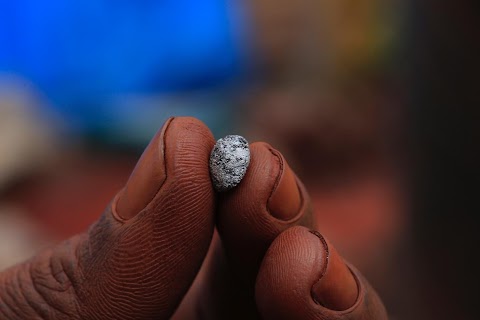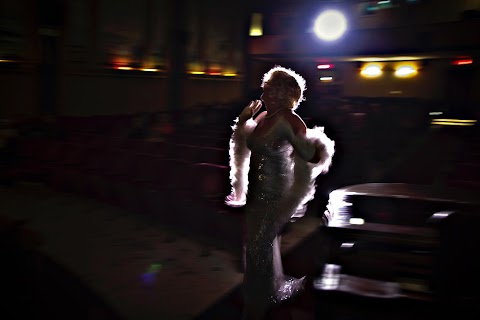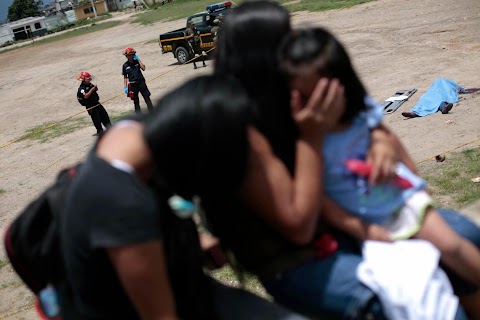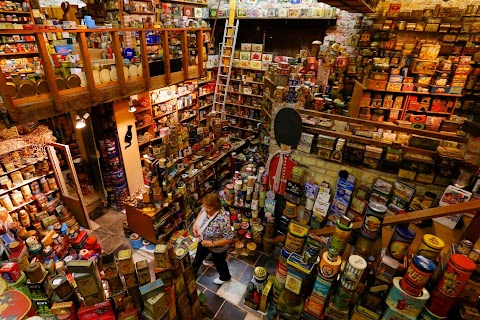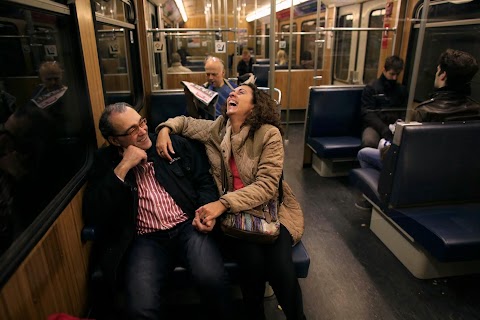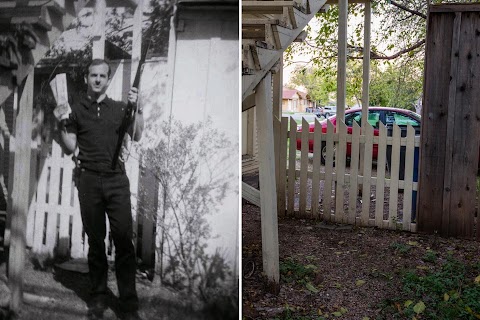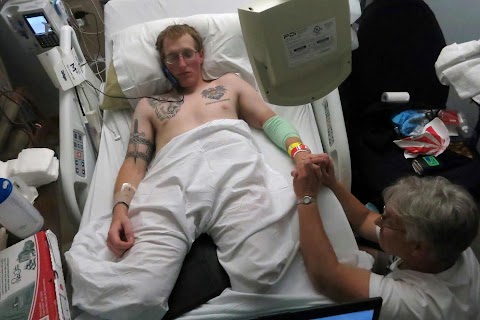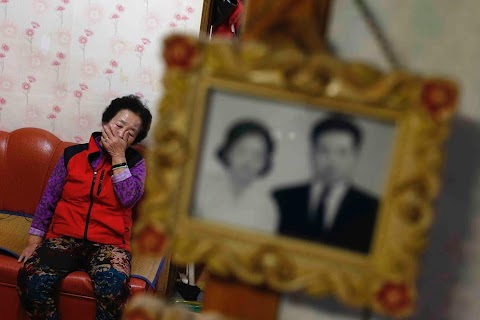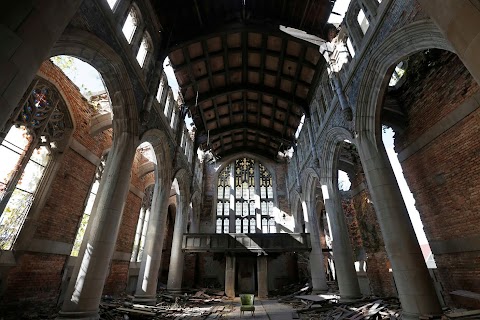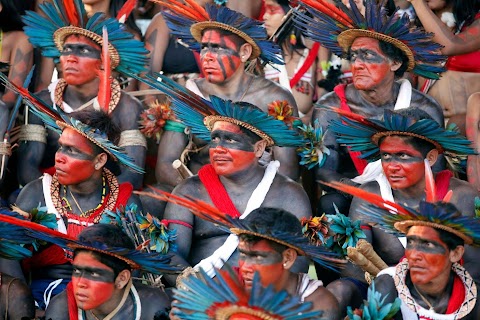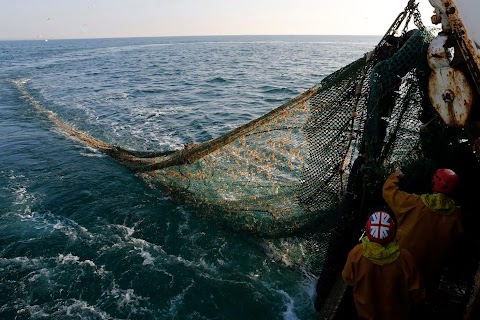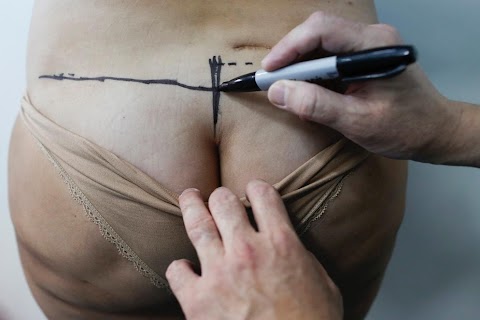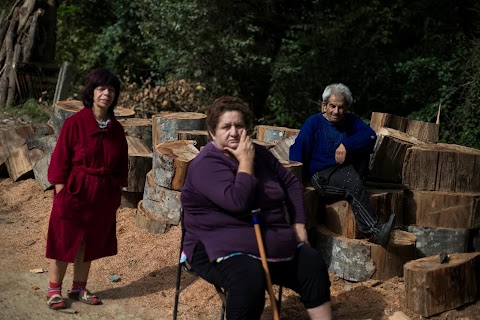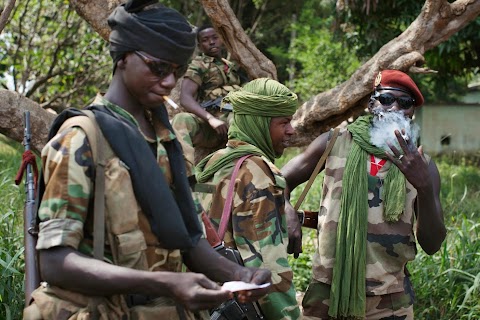
A descent into chaos
 Joe Penney
Joe Penney
Seleka fighters roll a joint in the Central African Republic, a nation of 4.6 million people that has been gripped by sectarian violence since mainly Muslim Seleka rebels seized power in the majority Christian country in March.
Fearing that tit-for-tat killings could escalate into full-blown war between religious communities and destabilise the entire region, world powers are now scrambling into action.

A French solider guards a checkpoint at the Mpoko international airport in Bangui, capital of the Central African Republic.
With the country sliding into chaos, the former colonial power plans to boost its force there to around 1,000 troops until a larger African Union contingent fully deploys.
France has repeatedly intervened in Central African Republic since independence in 1960, but it stood by as rebels marched south to topple President Francois Bozize, overrunning South African peacekeepers. France's 400 troops have protected the international airport and French assets.
However, with a 2,500-strong regional African force unable to contain the current violence, France has been spurred into action.

People walk by a cathedral in Bossangoa, where around 40,000 Christians displaced by sectarian turmoil are now living.
In total, some 460,000 people, a tenth of the population, have fled the violence since the Seleka rebel coalition seized power.
Although Seleka was formally disbanded in September by its leader Michel Djotodia, now interim president, they still dominate the streets of Bangui, bristling with machine guns and rocket launchers.

Outside the capital, Seleka abuses have given rise to Christian militias known as "anti-balaka" - or anti-machete. These men belong to one such group.
While Seleka's fighters have borne the bulk of the blame for the chaos, Muslim civilians, who represent just 15 percent of the population, say Seleka are their only protection from Christian fighters.
Details remain sketchy of how Paris hopes with 1,000 soldiers to impose order in the nation, roughly the size of France, as confrontations between the two sides have spawned a cycle of attacks and reprisal killings.
But news of French reinforcements, due to soon be approved by the U.N. Security Council, has already spawned hope among many in Bangui, which soldiers will seek to stabilise first.
Slideshow

French soldiers conduct reconnaissance on the roof of the Mpoko airport in Bangui.

A woman walks by a Multinational Force of Central Africa (FOMAC) truck in Boali, in the south of the country.

Men make plastic flower arrangements for funerals in the capital Bangui.

Three men pose for a photograph as they sit on a statue of a hand.

A mural in Bangui celebrates national unity.

FOMAC peacekeepers from Chad patrol in a modified pick-up truck.

Interim president Michel Djotodia leaves the presidential palace in Bangui.

An imam (left) and a priest (right) meet at the FOMAC base in the remote town of Bossangoa.

A Seleka fighter stands guard as his commander, General Yaya, meets with peacekeepers from the regional African force.

Seleka fighters pose for a photograph as General Yaya meets with peacekeepers.

Congolese peacekeepers pose for a photograph as they stand covered in dust.

A house, which a government source said was destroyed by Seleka fighters, stands outside Bossangoa.

Christian militia fighters known as anti-balaka stand guard in Mbakate village.

A group of anti-balaka members poses for a picture.

The militiamen pose for a photograph.

An anti-balaka fighter wears charms for protection.

Displaced people sit next to their tents in the grounds of Saint Antoine de Padoue cathedral in Bossangoa.

The Kezono family sits in front of their tent near the church. The older brother of Charles Kezono (far right) was shot by Seleka fighters, and Charles has been living on the church grounds since April.

Tents used by some of the 40,000 displaced people in Bossangoa fill the area.
